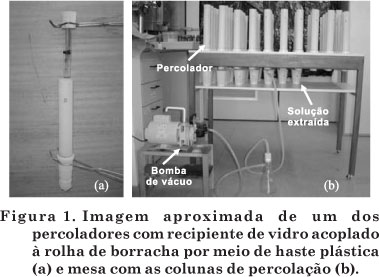To maximize the efficiency of N uptake by plants it is important to study N and C mineralization, particularly in the case of eucalyptus, which has a very low response to nitrogen fertilization. The rates of C and N mineralization and C and N mineralization potential were estimated, in soils under 1, 3, 5, and 13 year-old eucalyptus plantations with similar soil and climatic conditions. Soil from the 0-10 cm layer was sampled in November 2003. The samples were incubated under aerobic laboratory conditions for successive periods of 1, 1, 1, 2, 2, 4, 4, 4 weeks in a total of 19 weeks. The mineralized N was periodically extracted and determined colorimetrically, and the mineralized C was determined based on C-CO2 evolution. The average accumulated N was 58 mg kg-1 soil and it did not differ significantly among ages. Potentially mineralizable N (No) varied between 58 to 87 mg kg-1soil, which represented 3.4 to 5.2 % of soil N (Ns); according to No:Ns ratio. N-NH4+ was the predominant form of mineral N. The mineralized C differed significantly among ages (606 to 1,122 mg kg-1 C-CO2 soil). The average potentially mineralizable C (Co) was 862 mg kg-1 C-CO2 soil, representing 3.4 % of soil organic C (Corg) according to the Co:Corg ratio. The rate and mineralization potential of C and N were not influenced by the age of the plantations. The pool of potentially mineralizable N could meet the N demand of eucalyptus in future rotations.
Nutrient cycling; soil organic matter; mineralized N; carbon dioxide









